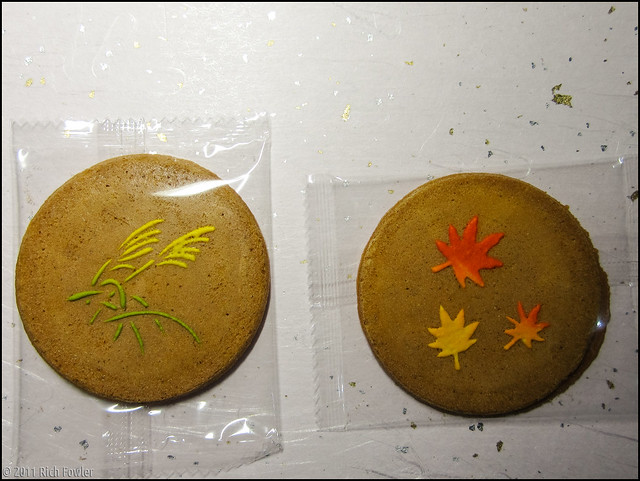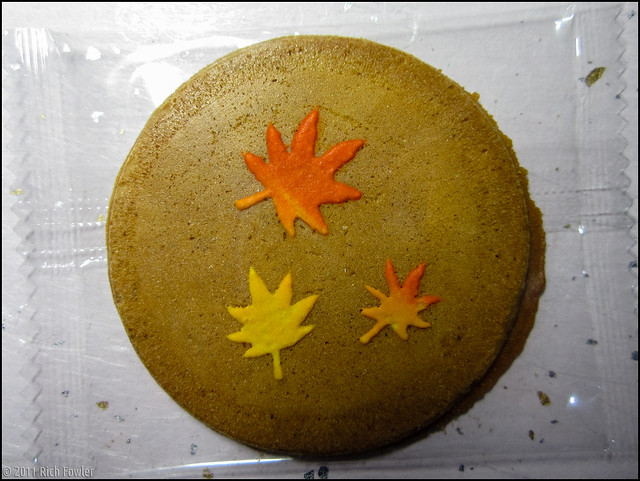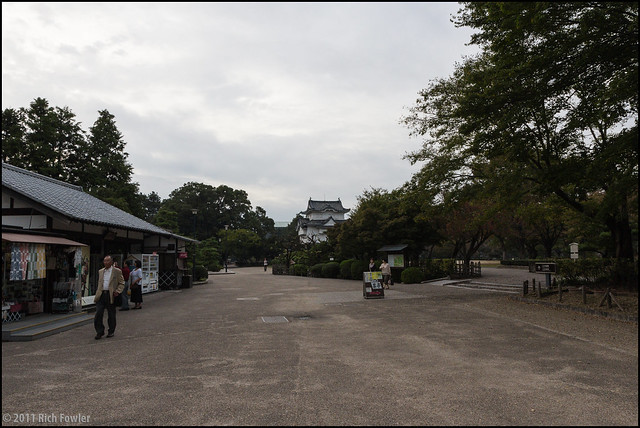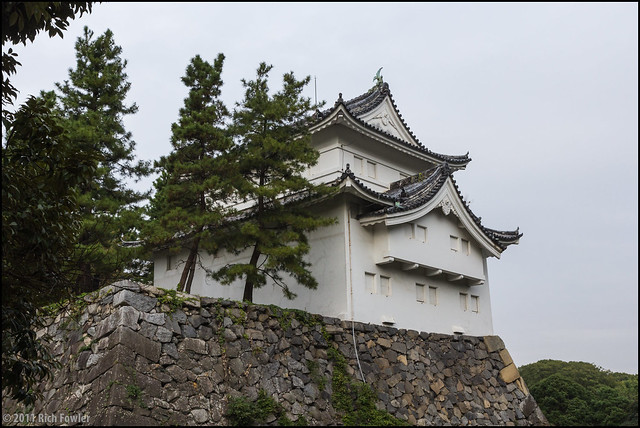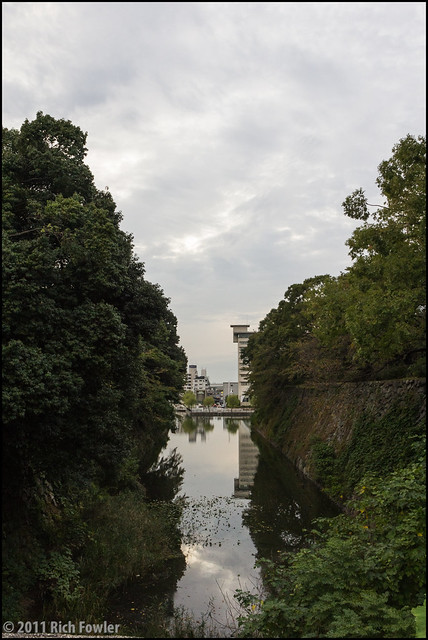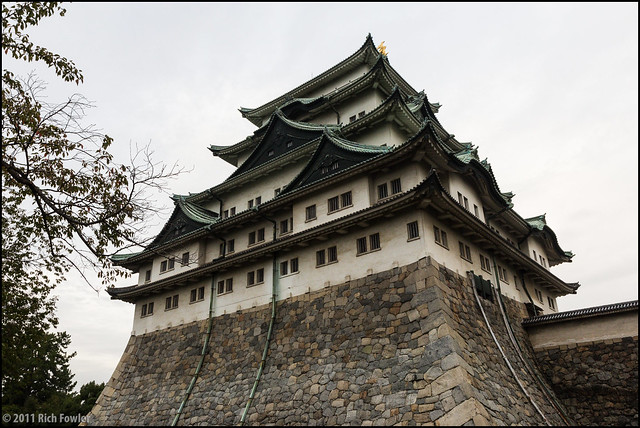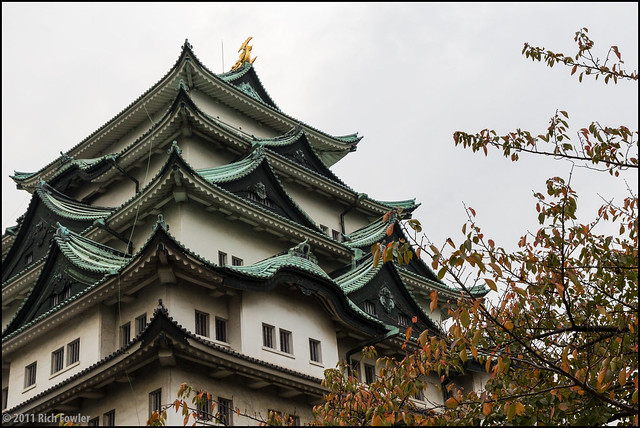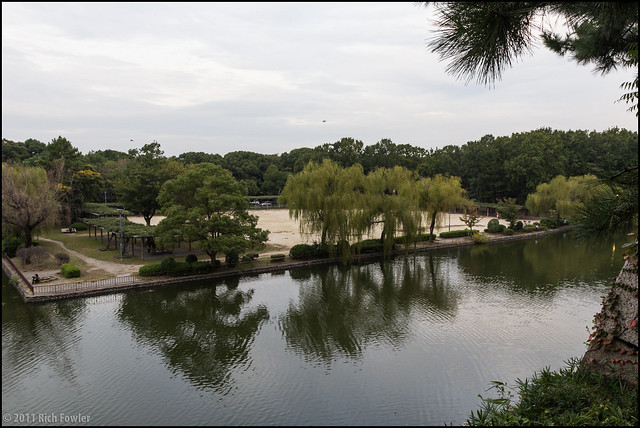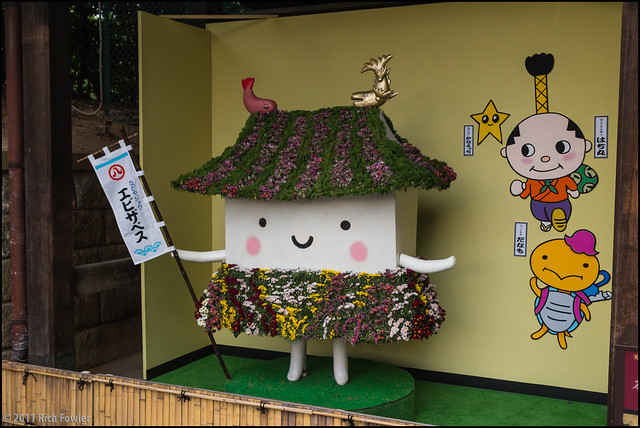I just registered for the JLPT N1 again in December. This time I’m really serious about it. As in, I’m pulling out all of the test prep stops! Or at least I’m not going to go get a cert in the middle of studying for it, and sabotage my efforts.
I signed up for classes on JOI again. I like their system. You buy some tickets (the more, the cheaper, and the longer they last), and use them on classes whenever you can take them. I generally buy them in yen, because they’re slightly cheaper. (And since the yen is plunging, it’s a good deal.) They have classes aimed right at N1 level people like me (or who aspire to pass it, anyway!), and they also have special courses in vocab, grammar, conversation, and test strategies. It’s all really helpful.
And I like it more than a MOOC. Maybe I’m a little old-fashioned, but I like real human interaction in my learning, especially when it’s something like Japanese, which requires some immediate feedback.
My other strategy for the test is something I’m already working on, and that’s working on vocabulary. I have my big book of 2000 N1 level words I should know (meh, not really, but I’m going to!), and a few other books, like one on 慣用語 (idioms, I guess?) and a Kanzen Master N1 book on æ¼¢å—.
I’ve also ditched Anki for now. Farming vocab, doing data entry and all that is too much of a pain. Instead, I got some Campus vocabulary notebooks over at JBOX, and I’ve been rapidly filling them up. This is where the 0.3mm Kuru Toga shines– at filling in the small boxes! Writing vs typing, which is faster? Neither, really, but this is working for me. It’s a nice change of pace.
The notebook has 3 columns– Foreign Word, Pronunciation, and Japanese. I put the word I want to know (kanji or hiragana, if there’s no kanji for it commonly used) in the Foreign Word column, the pronunciation in hiragana in the Pronunciation column, and either English or Japanese definitions in the Japanese column. Whatever helps me remember best.
It’s nice, because I can just grab a notebook, half-open it so that only the Foreign Word column shows, and scan down it to check my understanding and pronunciation.
I use the Page column to put a horizontal mark next to words I have trouble with. If a word has a lot of marks, it gets more attention.
It’s really the same thing as Anki, I just find it faster for me to review– no pressing buttons, or guessing whether it’s a 2 or a 3, or dealing with percentages. I keep staring at words until I remember them. Also, I keep separate notebooks, one for the N1 book, one for the æ¼¢å— book (because a lot of it is verbs), and one for the 慣用語 book. And I have a few others, too, and a stack of blank books.
Reading-wise, I’m reading the editorials on Shasetsu Hikaku-kun whenever I can. I’m not a fan of reading right-wing Japanese editorials, but the vocab is useful. So is the reading practice! When it’s N1 time, there’s just NO time to do the reading, so I want to smash it to bits.
Listening is the only area where I don’t have a perfect countermeasure yet. I’ll probably go with my old Drill and Drill book.
Here’s hoping I can finally kill that N1 with fire!
